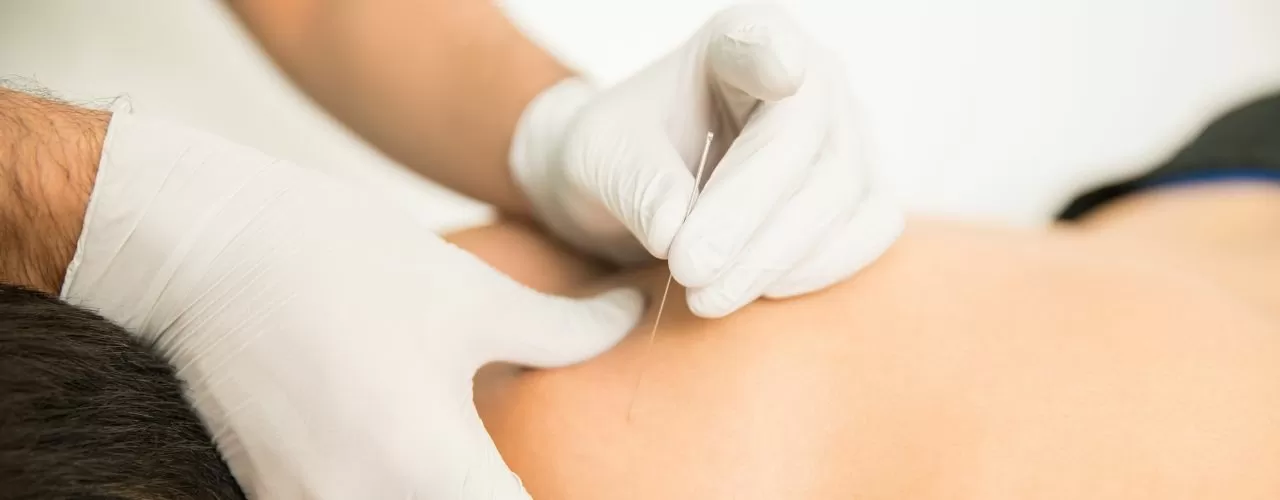Back
How Dry Needling Post Partum Can Help Your Incontinence and Diastasis Recti (DRA)
By Dr. Zarina Vitebsky, DPT, MSPT, PRPC, TPS, LPF, DN on 9/20/2023

Postpartum recovery includes addressing mental, physical, and social changes to allow the birthing person to feel safe, seen, and soothed. Pelvic therapy, in particular, is an important part of the physical postpartum journey. Dry Needling, a technique for all genders used by physical therapists and other licensed practitioners, that can be used to address a host of postpartum issues. In this blog we will address how dry needling can be used for urinary incontinence and diastasis recti.
Urinary incontinence, which can be experienced postpartum, may simply be described as involuntary loss of urinary control. Urinary leaking can happen randomly, can be associated with lifting, coughing, sneezing, laughing, straining, or can present as sudden/ frequent urges to void. A thorough pelvic physical therapy examination and history can categorize the specific type of urinary incontinence. During an examination, pelvic floor muscle dysfunctions or connective tissue tightness may be contributing to urinary incontinence. The approach of dry needling is to penetrate the skin, clear out excessive acetylcholine (a neurotransmitter that activates muscle) from the neuromuscular junction, and interrupt the cycle of hypertonicity (tightness) in the muscle’s trigger point, thereby resolving the issue.
Dry needling can be utilized to address diastasis recti. Diastasis recti, the separation/ stretching of abdominal muscles, usually starts to occur during the later half of pregnancy. As the abdominal muscles (rectus abdominis, located anteriorly) protrude to make way for a stretching uterus, the mid and low back muscles (located posteriorly) engage to prevent the center of mass from falling too far forward. Tightness in the mid back and low back can hinder proper use of regaining proper abdominal function. Once medically cleared to begin pelvic physical therapy, a holistic approach to treat diastasis recti includes, postural retraining, bracing, stretching, and education (which includes breathing, activity modification, and more). After an evaluation of musculoskeletal structure and function, dry needling can be utilized to decrease any hypertonicity in the mid and low back muscles to resume optimal core strengthening and bracing.
If you’re looking to optimize your postpartum recovery associated with the issues above, please reach out to us here at the Pelvic Health Center in Madison, NJ to set up an evaluation & assessment!
Feel free to call us 908-443-9880 or email us at contact@pelvichealthnj.com.
Read More:
How Visceral Mobilization Can Assist with the Treatment of SIBO By Dr. Christine Martirez PT, DPT on 10/22/2024 Learn about SIBO and how visceral mobilizations can be an integral part of your recovery journey Understanding Sacral Pain and How Pelvic Floor Therapy Can Help By Dr. Christine Martirez PT, DPT on 10/21/2024 Learn about sacral pain & how pelvic floor therapy can be an intregral part of your healing journey
Are you ready to live pain free?
Request An Appointment